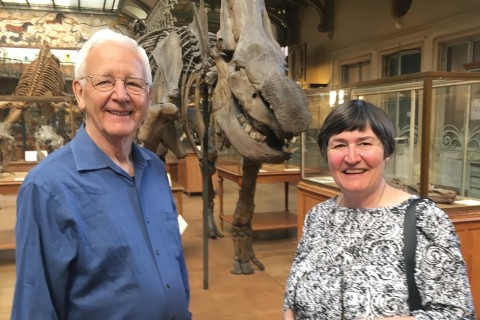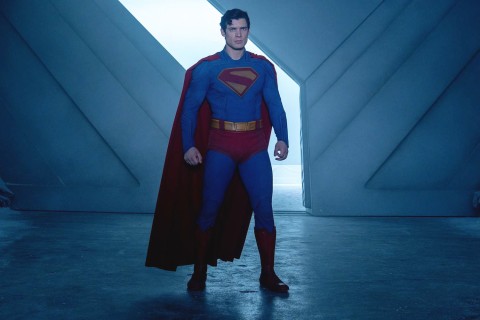Buried by the government
A recent episode of PBS’s American Experience explored how the massive number of deaths in the Civil War sent the nation into shock. The catastrophe—750,000 dead—was equivalent to the U.S. suffering 7 million deaths today. Besides evoking this ghastly experience, Ric Burns’s film Death and the Civil War (reviewed here in the New York Times), which is based on Drew Gilpin’s book The Republic of Suffering, offers a fascinating perspective on current political debates over the size and scope of the federal government.
The waves of death on the battlefields prompted the federal government to take over an activity that was once reserved for families—the task of burying dead soldiers. Until midway through the war, neither civil nor military authorities in the North took responsibility for the bodies of those killed in battle or even for reporting the names of the dead. It was up to families to figure out where and how a loved one died, locate the body and arrange for a proper burial. This task was logistically impossible for most families, especially when battlefields were hundreds or thousands of mile from home.
Prodded by desperate, grieving families, the Union took on the enormous work of identifying bodies—often retrieving them from mass graves—and providing individual gravestones. This led to the creation of military cemeteries, beginning with the one at Gettysburg.



